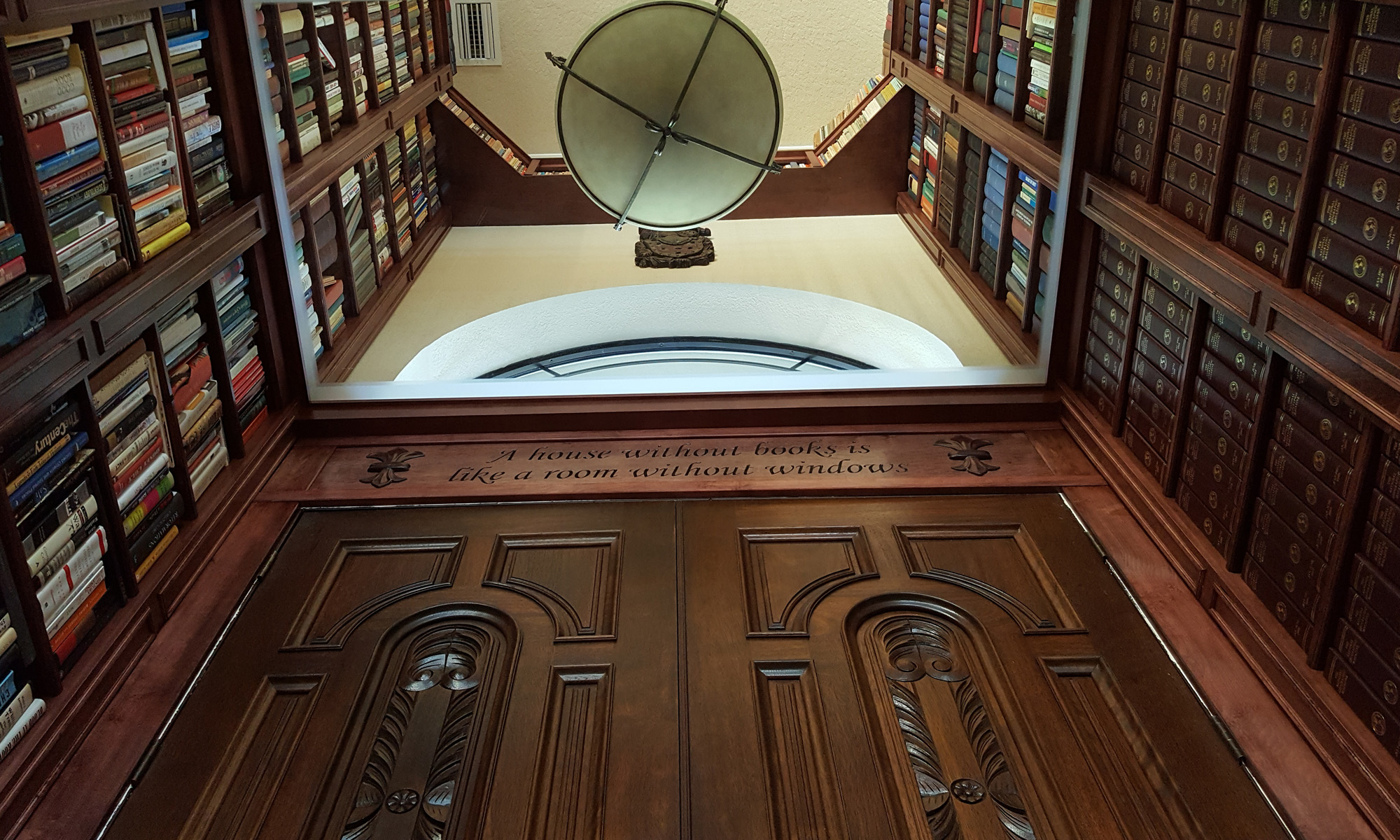I am busy working on a commission for a couple of base cabinets and a bookcase to be used as part of a TV display area. The cabinets require adjustable shelves which requires a quick and accurate way to drill/bore a series of holes on the inside walls of each cabinet, front and back. As each shelf sits on a pair of pins each side of the cabinet, the holes need to be level relative to each other for the shelf to be level. As with many things in woodworking, the best way to accomplish this consistency is with a jig.
A quick search on the internet for “drilling shelf pin holes” will result in many hits showing how to build and use a jig to drill the shelf pin holes using a hand held drill. There are even commercial jigs available. I prefer to use a plunge router to bore the holes. The work proceeds faster and the high speed of the router produces a cleaner hole. Also, as the weight of the router is supported by the workpiece, I find it less tiring than holding a drill. Often when drilling holes for shelf support pins you have to do a couple of hundred at a time, so these factors are important.
The jig that I use is made from a scrap piece of pine which I re-sawed and planed to 3/8″ thick. 1/2″ thick MDF or plywood would work just as well. The pine was ripped to 3 1/2″ wide and is just over 60″ long. A line was drawn down the middle of the board and then a series of marks at 2 1/2″ intervals were marked out along that line. The marks start and end approximately 9″ from each end of the board. A 3/8″ hole is then drilled at each mark and a slight counter sink at each hole. The counter sink is just to make it easier to locate the router collar in the hole. Take care to make sure the counter sink is not deeper than the depth of your collar, the collar needs to be supported by the walls of the 3/8″ hole.
Mark one end of the board “top” and the other end of the board “bottom”. This will make it easy to ensure that you are always referencing from the bottom of the cabinet wall. Then line the side of the jig up with the side of the cabinet wall and clamp it in place.
I use 1/4″ shelf pin supports, so I mount a 1/4″ spiral upcut bit in my router along with a 3/8″ collar. Set the plunge depth of the router so that the bit extends 3/8″ past the jig. Then it is just a matter of positioning the router collar in a hole in the jig and plunge routing a hole, repeat as necessary. I find the slight counter sink at each hole makes positioning the router quick and easy.
Once the line of holes at the front of the cabinet are drill, slide the jig to the back of the cabinet, making sure you are still referencing the bottom of the jig from the bottom of the cabinet, clamp it in place and bore the line of holes for the back of the cabinet.






